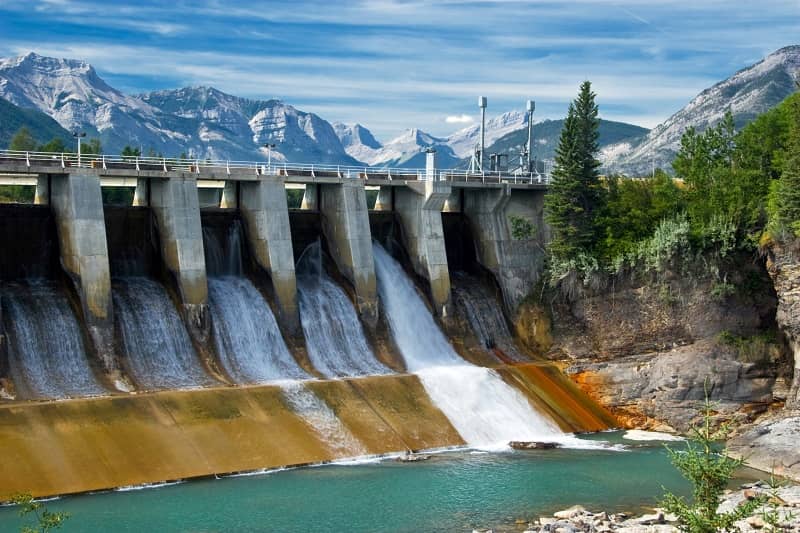FOR IMMEDIATE RELEASE
Contact: Todd Wynn
Tel.: 503-242-0900
Fax: 503-242-3822
E-mail: todd@cascadepolicy.org
Cascade Policy Institute has released a detailed economic analysis of the challenges of achieving Oregon’s greenhouse gas reduction goals. Oregon Greenhouse Gas Reduction Policies: The Economic and Fiscal Impact Challenges discusses the current goals in place and the possible effects of instituting the Western Climate Initiative’s (WCI) cap-and-trade program to help reach those goals.
Oregon Greenhouse Gas Reduction Policies: The Economic and Fiscal Impact Challenges was written and prepared under a contract between Cascade Policy Institute and QuantEcon, Inc. and authored by Randall J. Pozdena, Ph.D., president of QuantEcon Inc., and Eric Fruits Ph.D., President of Economics International.
This analysis was undertaken in order to assess the quantifiable and measurable costs in the debate on whether to implement a cap-and-trade program or any other wide-ranging greenhouse gas reduction strategy in the state of Oregon. Pozdena and Fruits examine the extensive fiscal and economic costs that could be incurred if Oregon’s ambitious greenhouse gas reduction goals are met.
“[…T]he benefits and costs of [greenhouse gas reduction] policy should be carefully calculated before imposing what otherwise will be a significant economic burden on economic activity,” argue Pozdena and Fruits.
Some of their findings include:
- “Economic vitality, energy use and carbon dioxide emissions have been tightly cointegrated historically, and energy strongly ’causes’ economic vitality. This is true both in studies over time and across countries.”
- “Oregon’s economic growth to 2020 would be approximately cut in half, and gross output per capita would be reduced by 20 percent relative to the baseline case.” Under greenhouse gas reductions the Oregon economy would only grow $58.9 billion, compared to the baseline case of $107.2 billion. This means that businesses and industry may be no longer competitive in Oregon and move elsewhere, creating job losses and undue financial burden on Oregonians.
- “Under Oregon’s greenhouse gas reduction goal, 2020 employment would be 1.92 million, or 90,000 less than baseline projections.” Not only could this drastically hurt Oregon families by losing family-wage jobs, but it also could put an extra strain on state revenue programs such as unemployment insurance.
- “State and local revenues would be reduced by about 13 percent, relative to the baseline case.” The authors estimate that 2020 state and local revenues will be $4.4 billion dollars less under greenhouse gas reductions, making it even more difficult to fund social programs and help lower-income households adapt to the significantly higher fuel and energy prices.
“Absent adoption of silver-bullet, low cost/high effectiveness technological innovations, the costs to the Oregon economy of meeting the WCI emissions curtailment goal are large,” conclude Pozdena and Fruits.
Because both cap-and-trade and carbon tax policies have implementation issues and risk imposing costs greater than their benefits, the authors offer an alternative plan that contains both economic and environmental benefits. The authors advocate implementation of a congestion pricing system that resolves a pricing error on the highway system which wastes valuable time and fuel. By correcting this pricing error, congestion pricing is a carbon reduction policy option that can strengthen the economy while helping to resolve carbon emissions problems associated with excess congestion, travel, and stop-and-go vehicle use.
# # #
For more information on this analysis, please contact Todd Wynn at (503) 242-0900 or todd@cascadepolicy.org.











